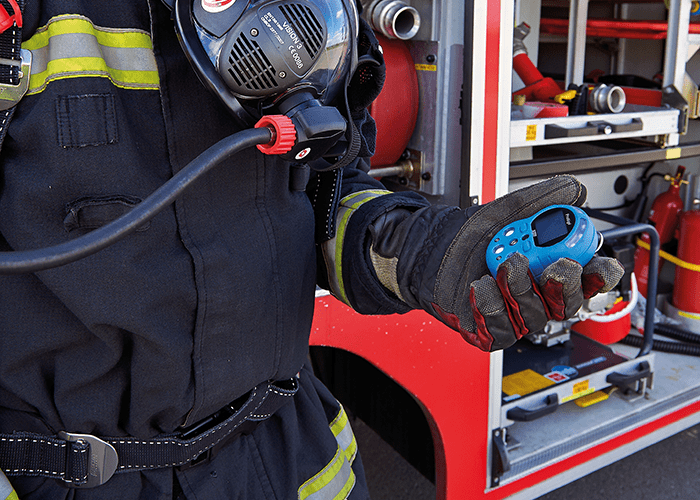Problems With Ambient Air
Published (updated: ).

Problems with ambient air can cause a patient to inexplicably experience shortness of breath. Imagine a situation where a patient is struggling to breathe but there is no history of medical problems. Perhaps the patient’s problem is the ambient air. Various situations that affect ambient air can result in hypoxia:
- Enclosed Spaces – Carbon dioxide accumulation can affect the diffusion of oxygen into the pulmonary capillaries. This is due to failure to offload the carbon dioxide from the body because of the high levels of ambient carbon dioxide.
- High Altitudes – Above 10,000 feet, the air pressure is less than at sea level. This results in air that is much less dense than what we are used to near sea level. It takes more air volume to obtain the same number of oxygen molecules than normal, leading to hypoxia. Also, it turns out that air pressure is the primary way blood even stays in the blood vessels of the pulmonary capillary beds. So even if you can breathe fast enough to catch all the oxygen at high altitudes, at some point the blood coursing through your pulmonary capillaries will spill into your lungs leading to pulmonary edema (HAPE).
- Poison Gas – In addition to breathing poisonous gas, which lead to their own insults (airway burns, poisoning, nerve damage, etc.), poison gas can suffocate a person by replacing oxygen with the gas.
Ambient Gas Detection

Most Fire Departments carry atmospheric measuring devices on their truck. These devices usually measure 4 gasses: oxygen, carbon monoxide, hydrogen sulfide, and lower explosive limit (LEL). Oxygen is always standard, as it is critical for life–too little oxygen and life cannot be sustained. Oxygen is measured as a percent in the atmosphere, which typically ranges around 21 percent. Note that although too little oxygen is a bad thing, so is too much oxygen. If readings are found to be 24-27 percent oxygen, take note that something is not right. Also, 1 percent change is equal to 10,000 parts per million (PPM.) So if the oxygen is reading 19.9 percent and normal is 20.9 percent, 10,000 ppm of something is in the atmosphere…always error on the side of caution.
Carbon monoxide (CO) is a useful measurement on the fireground as it is one of the Toxic Twins (along with hydrogen cyanide) and is a byproduct of combustion. CO is measured in ppm, and a department standard operating guidelines (SOGs) will dictate appropriate levels for the doffing of self-contained breathing apparatus relative to CO readings.
Hydrogen sulfide is commonly referred to as sewer gas due to its pungent aroma; it too is measured in ppm.
LEL is used to determine gas readings. It is measured as a percentage, but unlike oxygen it is not a percentage of the atmosphere but rather a percentage of the lower explosive limit of the gas.
